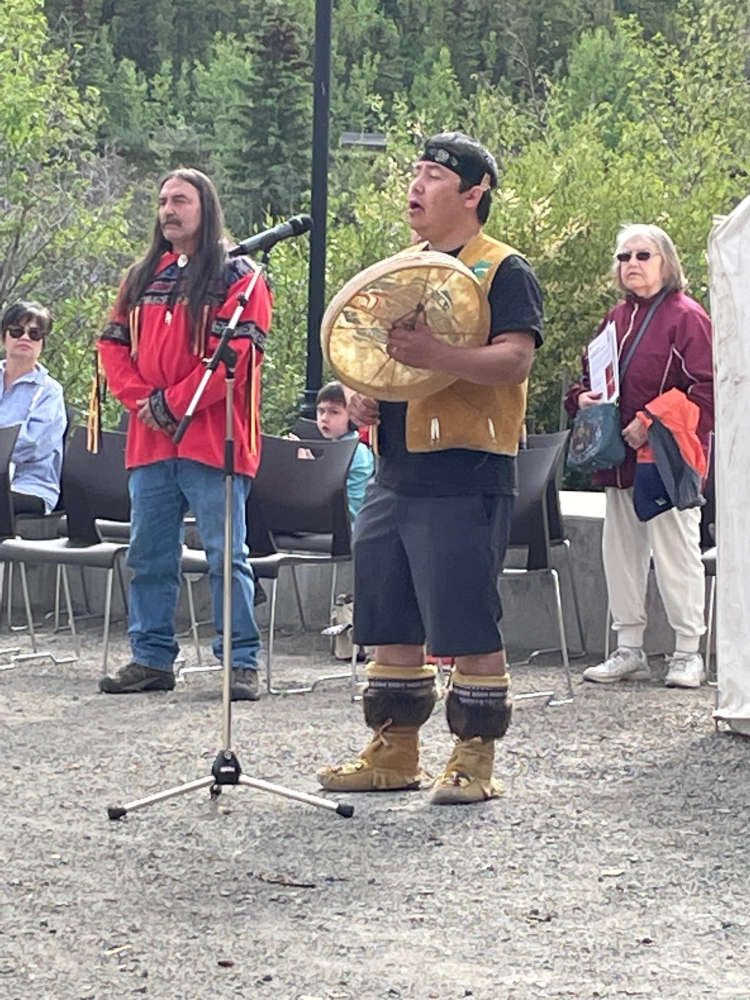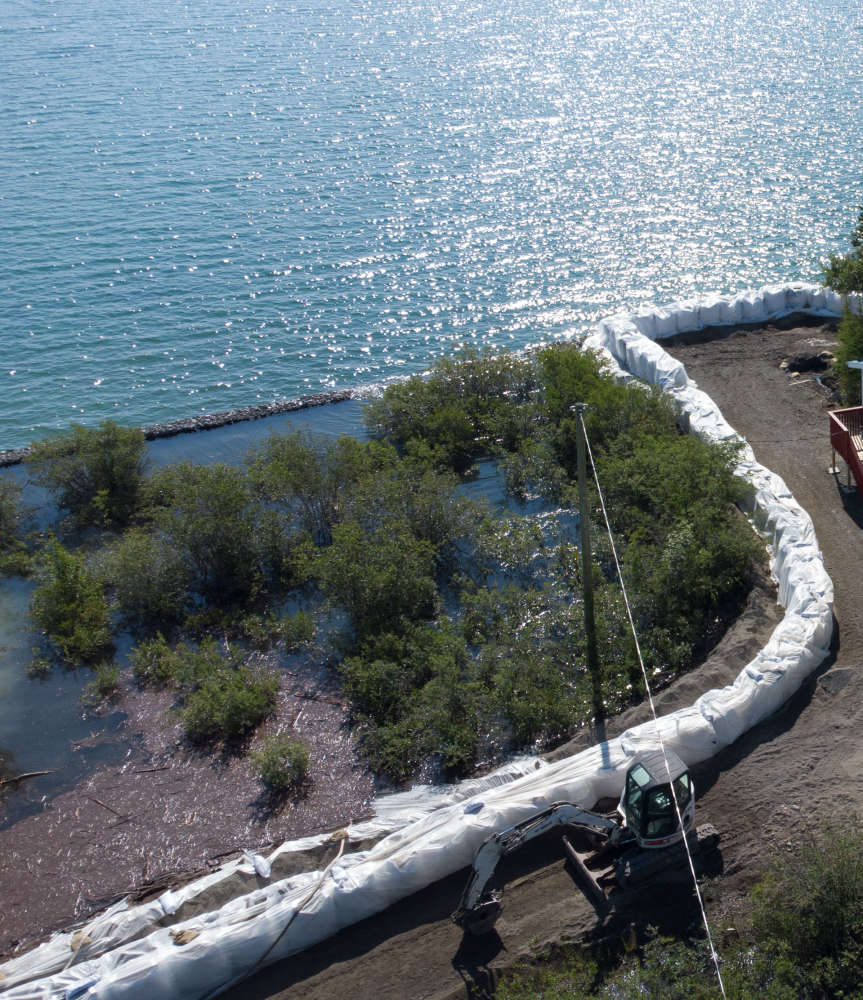
This summer saw the largest flood mitigation effort in the history of the Yukon.
Dr. Benoit Turcotte, Yukon University’s Senior Research Professional in hydrology, says last summer’s flooding throughout the territory is not the worst mother nature can do.
“This is not the full capacity of that system,” he tells CHONfm.
Dr. Turcotte says after studying hydrological information, simply put - the unprecedented high-water levels in the Yukon were caused by high snowpack, a delayed spring, and warm weather. The actual details are a little more complicated though, Dr. Turcotte says multiple rare hydrological events contributed to the flooding.
“There’s water going in and water going out at Lewes Dam and there’s a maximum capacity at Lewes Dam and in Miles Canyon. As a result, if that snow would have melted gradually, well it would have been fine but the weather sequence really caused the input to Southern Lakes to really rise several times more than what the system could evacuate,” says Dr. Turcotte.
He also says it is hard to say whether or not climate change directly caused the flooding because the water system is always fluctuating, citing a spike in water levels back in the 60’s, but global warming definitely played a role.
“If you look at the trends, at least for the Southern Lakes, seeing a high-water level in 2007 used to be the precedented record, and by far,” says Dr. Turcotte.
“Last summer broke that record easily and that system, from our understanding at YukonU, that system could produce even higher water levels,” he added.
At the peak of flooding, Bennett, Tagish and Marsh Lakes all measured more than 20 centimeters over the flood of 2007.
The high water in the territory this summer quickly turned in to the largest flood mitigation effort in the history of the Yukon. A state of emergency for the Southern Lakes, Lake Laberge, Marsh Lake, Tagish Lake and Kusawa Lake was declared in July and lasted until mid September. At one point there were 230 personnel on the ground including one hundred soldiers from the Canadian Armed Forces and seven flood specialists from Manitoba. Over one million sandbags were put in place by hard working volunteers and even bigger walls of sand deemed “superberms” were built along shores.
Dr. Turcotte hopes the Yukon’s water system will give us a break for a few decades so that we can adapt and plan for more floods, even though it is hard to say with confidence how severe they may be. In the meantime, he suggests studying the impact climate change is having on smaller water ways like the Nordenskiold and Klondike Rivers because they are more sensitive to hydrological events.
Flooding can be hard to predict, but Dr. Turcotte says next summer is looking better all ready because this fall has been drier and less snowy than last year.

 The end of one Star sparks the birth of another
The end of one Star sparks the birth of another
 UPDATE: Missing First Nations Haines Junction residents located
UPDATE: Missing First Nations Haines Junction residents located
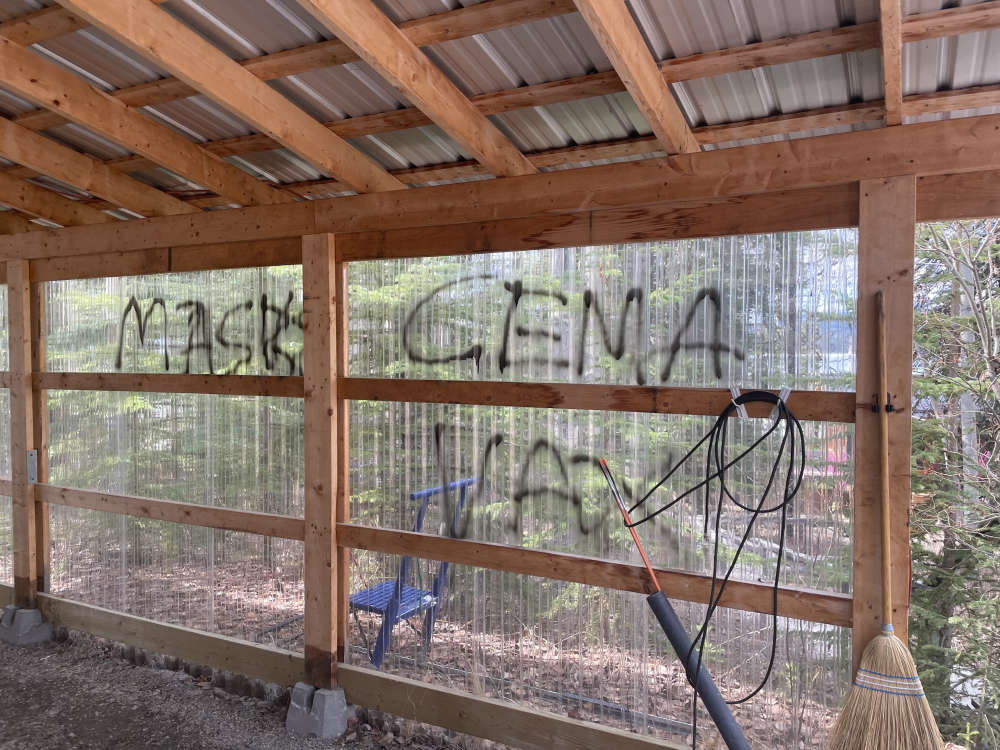 Minister's home vandalized with threats and profanity
Minister's home vandalized with threats and profanity
 Whitehorse Community Thrift Store donates $100K to community organizations.
Whitehorse Community Thrift Store donates $100K to community organizations.
 Whitehorse residential school ground searches completed
Whitehorse residential school ground searches completed
 Arrested parent accuses department of Education of escalating matters at Holy Family School
Arrested parent accuses department of Education of escalating matters at Holy Family School
 Government of Canada announce over $45M to protect Whitehorse Escarpment and Robert Service Way
Government of Canada announce over $45M to protect Whitehorse Escarpment and Robert Service Way
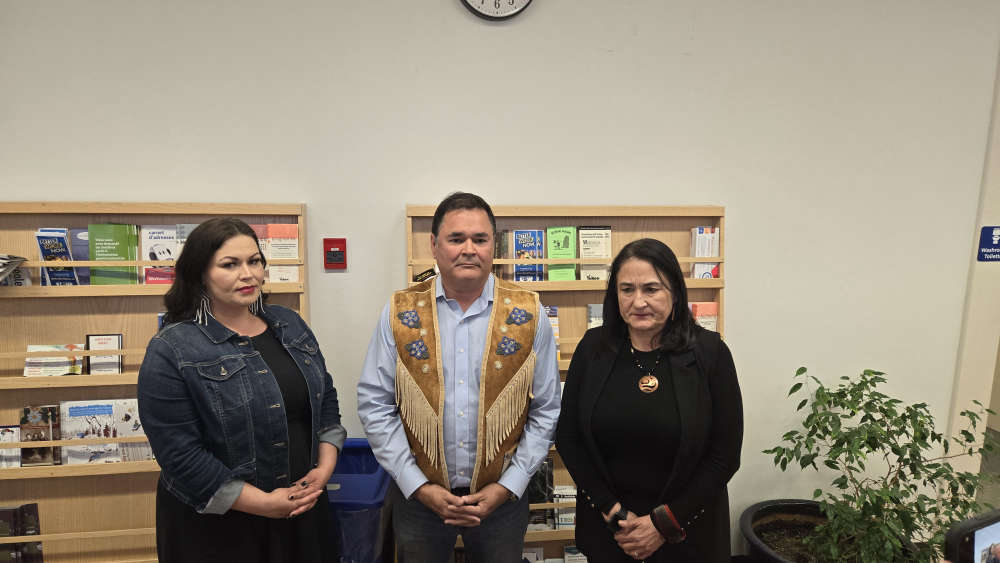 Yukon government passes Health Authority Act
Yukon government passes Health Authority Act
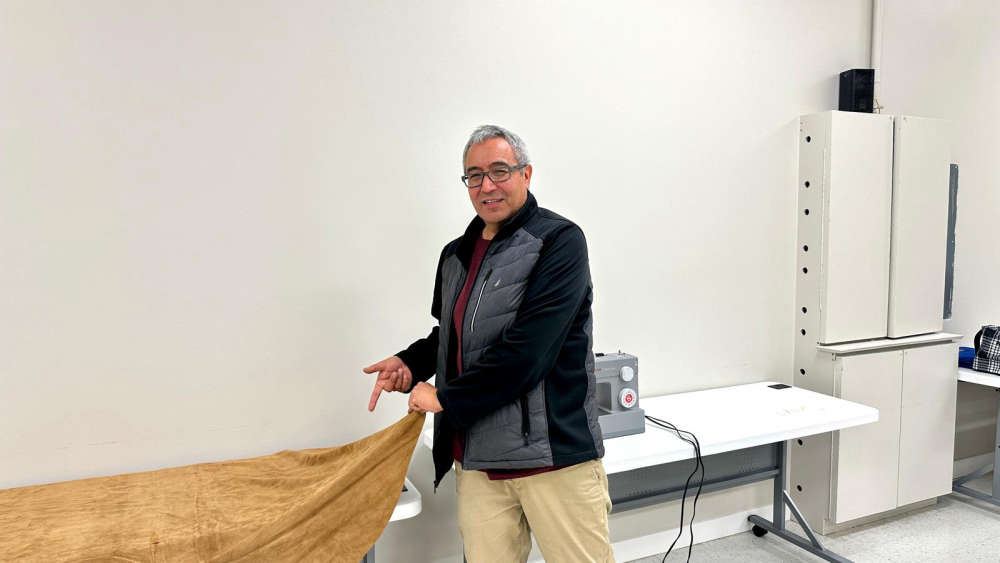 Regalia workshop for special traditional occasions holds in Whitehorse
Regalia workshop for special traditional occasions holds in Whitehorse
 Unity in the Community Walk for four Yukon women who died at the Whitehorse Emergency Shelter held in Whitehorse
Unity in the Community Walk for four Yukon women who died at the Whitehorse Emergency Shelter held in Whitehorse
 Testimony hearing into the deaths of four Yukon women comes to an end.
Testimony hearing into the deaths of four Yukon women comes to an end.
 Ground searches at two former Whitehorse residential school sites begin this week
Ground searches at two former Whitehorse residential school sites begin this week
 Coroner's Inquest sees footage of lifeless body ignored for more than 12 hours
Coroner's Inquest sees footage of lifeless body ignored for more than 12 hours
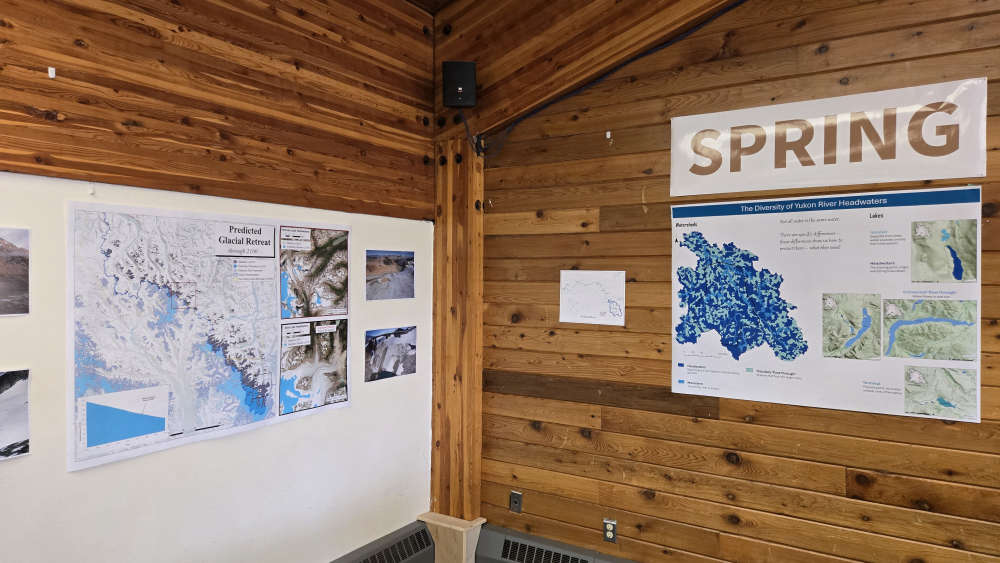 How We Walk with the Land and Water holds two open houses
How We Walk with the Land and Water holds two open houses
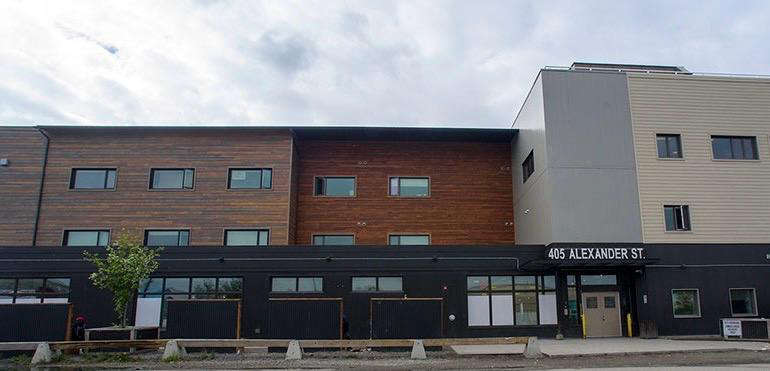 Whitehorse Emergency Shelter staff not trained for emergencies, inquest hears
Whitehorse Emergency Shelter staff not trained for emergencies, inquest hears
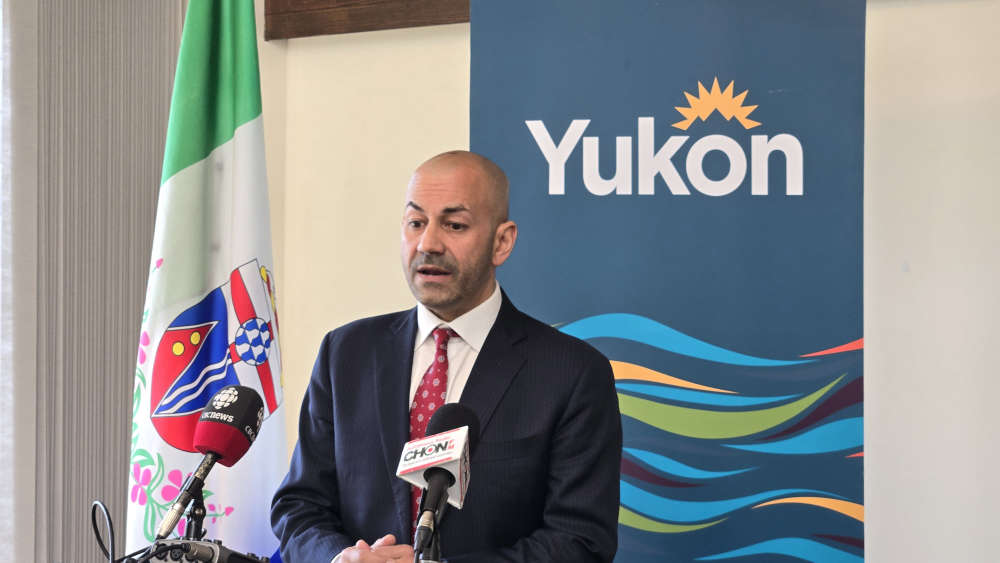 Premier pledges to meet with Yukoners living in tents to help them find housing
Premier pledges to meet with Yukoners living in tents to help them find housing
